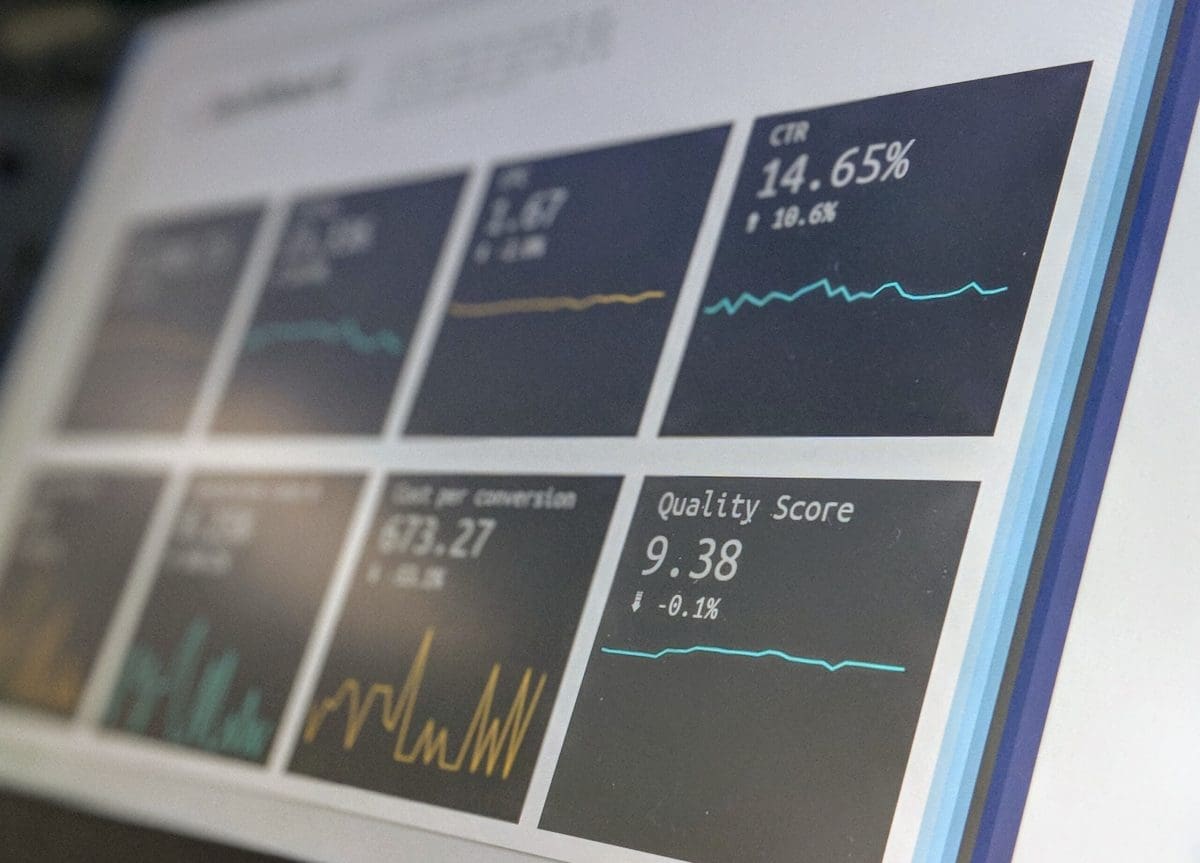“Get me a dashboard!” is an all too common leader demand that echoes in office hallways and virtual meeting rooms, but do these urgent requests get executives what they really need?
Why do leaders demand dashboards?
When leaders have the impulse to demand a dashboard, they are often reacting to the smouldering internal fear that they don’t have a handle on how their organization is truly performing.
They likely hear lots of colleagues’ opinions as they debate:
- the reliability of the data and if there is actually a trend or not,
- if the measures and data in their current reports are producing any meaningful analysis and insights,
- if the measures seem trivial or irrelevant,
- if the charts appear confusing and the interpretations untrustworthy.
In response to their emotions and wanting to avoid admitting they are not quite sure how to fix the problem, the leaders use a common term that they believe has a specific shared meaning – they demand a dashboard.
What usually happens next?
Once the demand of a dashboard is made, the Business Intelligence (BI), strategy office or analytics department usually jump into action, spending hours searching for existing data, industry benchmarks, and ready-made measures from consultants that they can adorn with colourful graphics, intricately detailed charts, and some dials and gauges to look eye-catching. Someone then suggests they should add a project list of work completed. The team spends even more hours preparing to present, and then presenting, this “new dashboard” to the executive.
What’s the most likely outcome for the executives? Unfortunately, nothing because fundamentally their data is no better, and sadly, the presentation is even less useful because the data is still a 3, but it is dressed up as a 9.
What did the leaders really want?
If the leaders were able to recognize then dampen their emotions and have a conversation about what problem they wanted a “dashboard” to solve, they would have likely said something like this:
- I want evidence I can trust of how the organization’s goals are performing over time relative to targeted future performance
- I want to trust the data and the visualizations to produce sound insights that I can interpret quickly and easily
- I want to know where my attention is needed most because performance is not improving
- I want to know why it isn’t improving, despite all the resources we are investing.
Why didn’t they get it?
The demand for a dashboard drives immediate action, but it doesn’t drive clarity of what the leader wanted to change or achieve. The team that jumped into action made their own assumptions about what success looked like. In addition, there are so many companies selling “dashboard solutions”, it can be very hard to decipher what great performance reports look like. Demanding a dashboard decreases any chance that the team would pause and discover that useful and useable performance reports (ie. Dashboards) first need great measures, and great measures don’t just happen.
Why demanding evidence gets better results
Even if the leaders have no idea how to get better evidence of how their organization is performing, demanding it will drive a more focused response. It begs for a pause because having evidence for decision-making is a result, not an action.
Being driven to achieve a result helps the team ask questions like this:
- Evidence of what exactly?
- How will we know we have good evidence?
- What is involved in getting good evidence?
- What role do the leaders and managers play? What role does the BI or strategy office play?
When demanding evidence, watch for this potential blindspot
Remember that Apps and Software do not design meaningful measures for your organization, people do. And it is not until you have meaningful measures, with data you can trust, and visualizations that allow you to quickly and easily see signals of change (ie. statistically sound ones), that you can have a better performance report or dashboard.
The blind spot for leaders is thinking that great measures can just happen. They don’t. Measurement must be rigorous, both quantitatively and statistically, in order to produce evidence that is qualified for decision-making. So, pause now and consider what skills and capabilities your organization needs. Measurement design should not be outsourced. There is no more important tool for strategy execution, than meaningful performance measures and the useful and usable reports that they inform.



